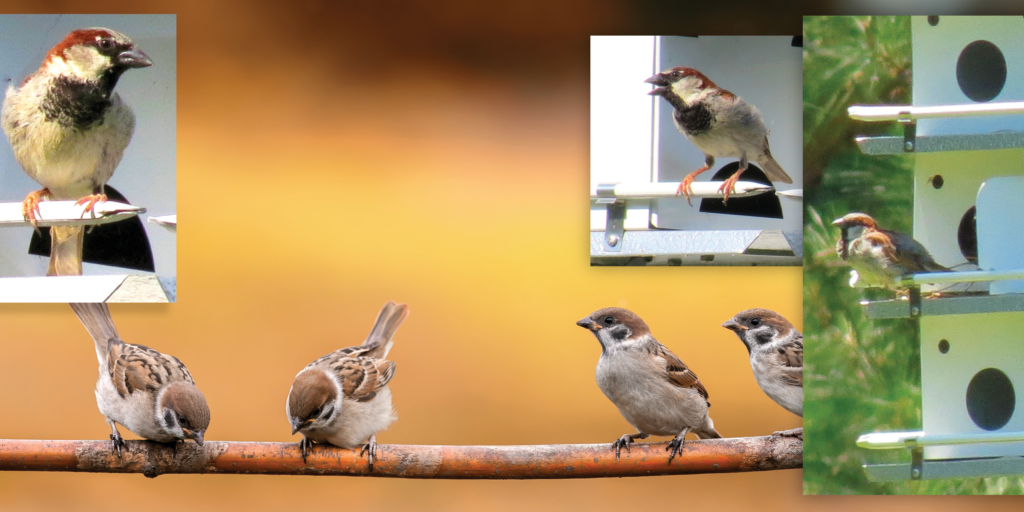What To Do if You Find a Baby Bird
It’s spring and that means it’s baby season. You may come across a baby bird that has fallen out of the nest but do you know what to do? Here is some helpful information.
First determine if it’s a nestling or a fledgling. Nestlings have no feathers and will, in all cases, require your help. Fledglings are juvenile birds and will have some very soft down and perhaps a few adult feathers. In some cases, fledglings don’t need any help.
FOR NESTLINGS – Try to locate the nest. Look up and see if you can spot it. If possible, place the bird back in the nest. It’s an old wives’ tale that the mama bird will not accept a baby touched by humans. If it’s not possible to put it back in the nest, place in a small box lined with paper towels or soft cloth. Don’t use terry cloth! The bird can get its claws caught in this type of fabric. You must keep the baby warm with either a hot water bottle or heating pad on low but NEVER place the nestling directly on these items. They can easily get burned. Place the heating pad or hot water bottle UNDER the box, put the cloth or paper towels in the box and place the bird on top. Put the box in a warm, quiet, dark place away from noise and family pets. DO NOT ATTEMPT TO FEED THE NESTLINGS OR GIVE THEM WATER. IN EVERY SITUATION, get them to a wildlife rehabilitator or wildlife center as soon as possible. Every second counts!
FOR FLEDGLINGS – If you find them hopping around on the ground, sitting under bushes or even sitting on a low branch, LEAVE THEM ALONE. They are just learning to fly and will spend a few days on the ground. Mama is nearby and watching over her baby. Keep an eye on the fledgling to make sure of this. If you don’t see the mama bird after a couple of hours, then something may have happened to her.
If you don’t see her, capture the fledgling being very careful not to harm it. They are fragile. Don’t be afraid that it will hurt you. It won’t. You will need to determine if the fledgling is injured. Do you see blood? Look closely at the nostrils for blood. Is the bird lying on its side? Is the head tilted to one side? Is the bird shivering? Is the bird out in the open nowhere near bushes or trees? If it appears hurt, make a “nest” as you would for the nestling above. Keep it warm and in a dark, quiet place. DO NOT ATTEMPT TO FEED IT OR GIVE IT WATER. Contact a wildlife center immediately.
Don’t ever try to feed these birds or tend to any injuries yourself. Many times, good intentions lead to the death of these fragile animals. The most important thing you can do for these babies is to seek help from qualified rehabilitators who are trained in dealing with these exact situations.
HELPFUL CONTACTS:
TWRC WILDLIFE CENTER
713.468.8972
WILDLIFE CENTER OF TEXAS
713.861.9453
FRIENDS OF TEXAS WILDLIFE
281-259-0039
Download the free app ANIMAL HELP NOW. It gives you a list of rehabilitators in your area.
